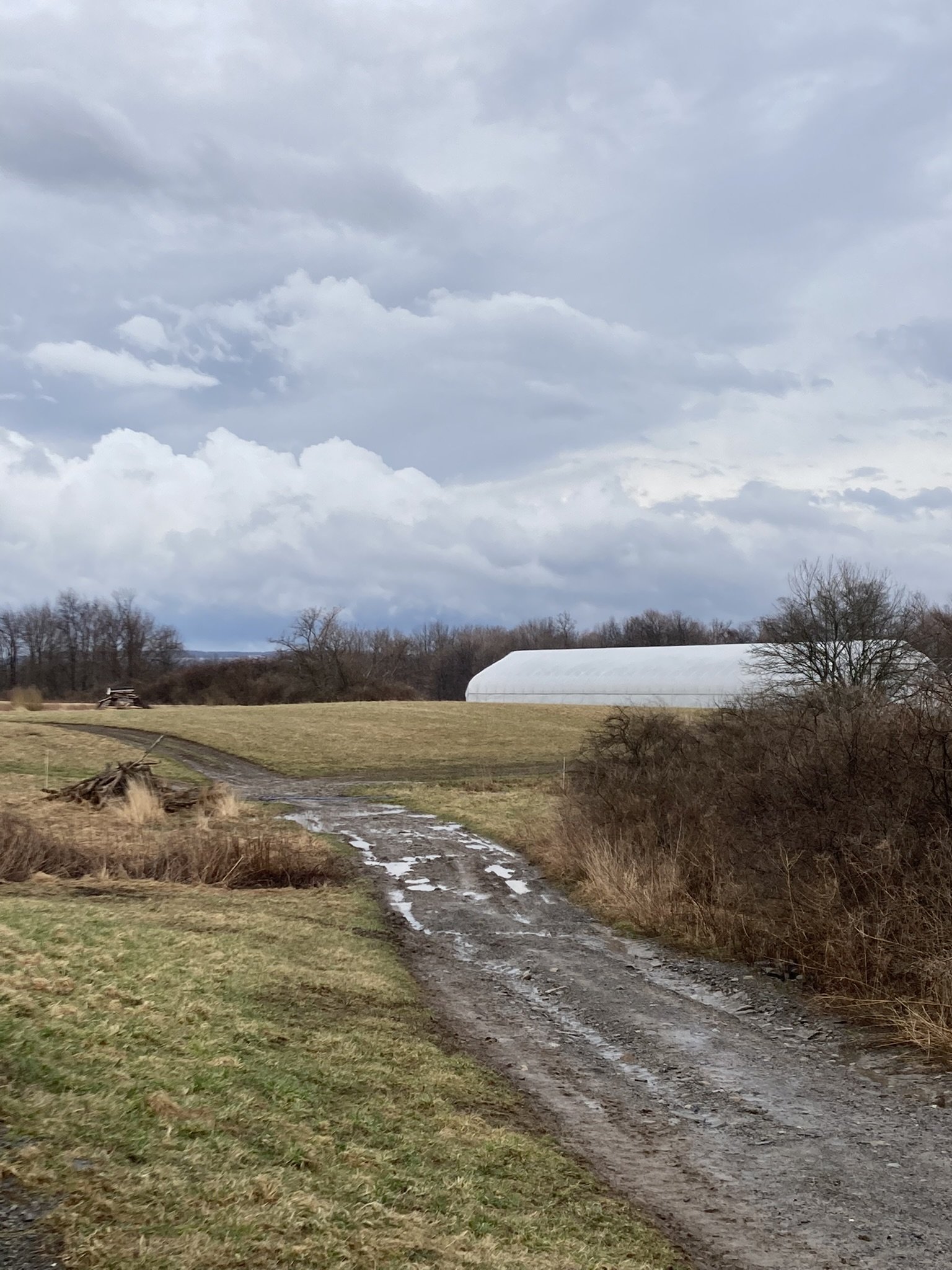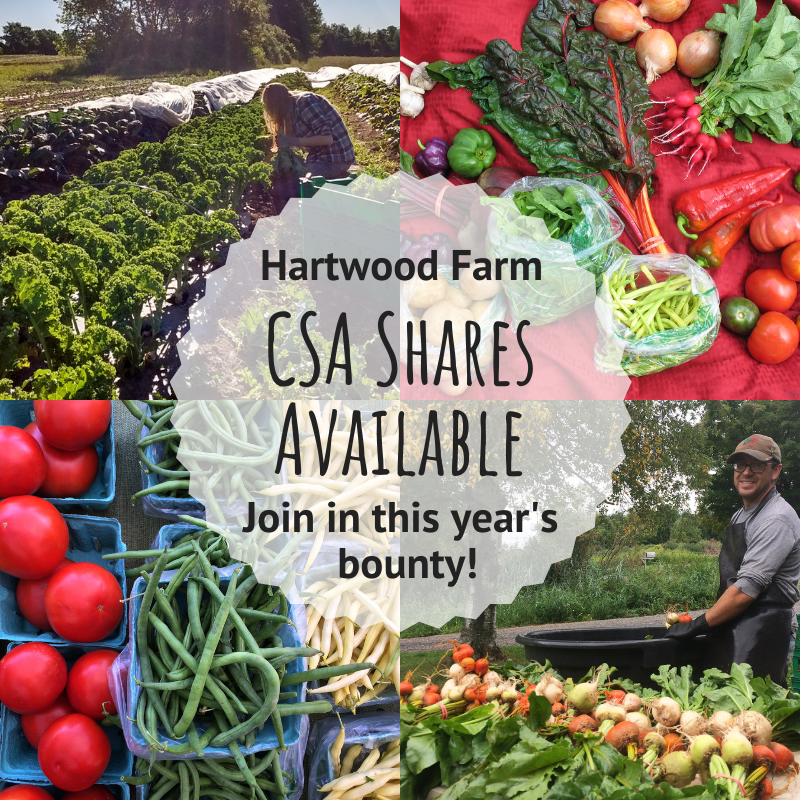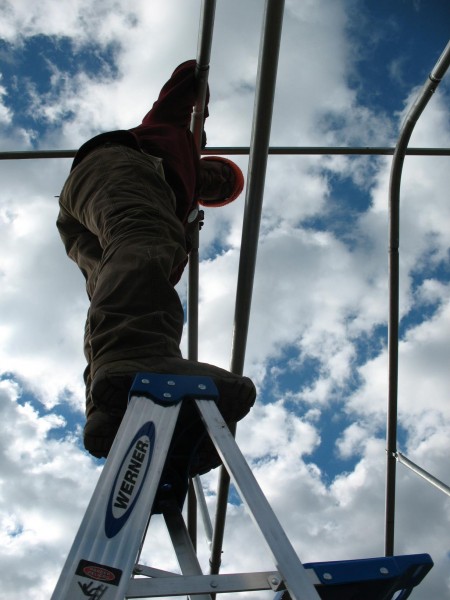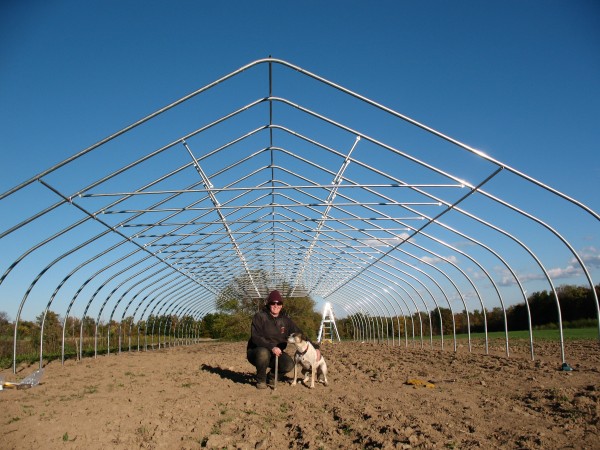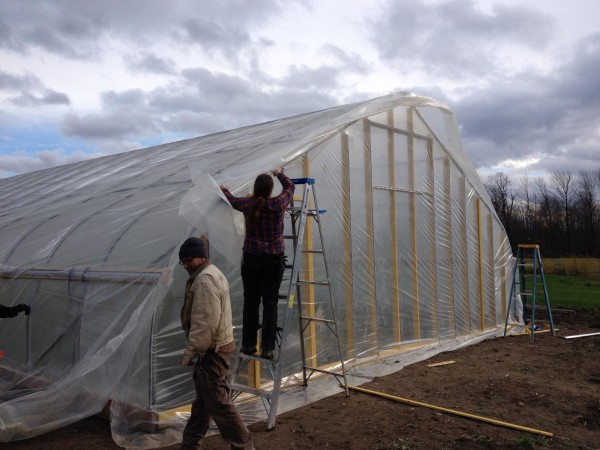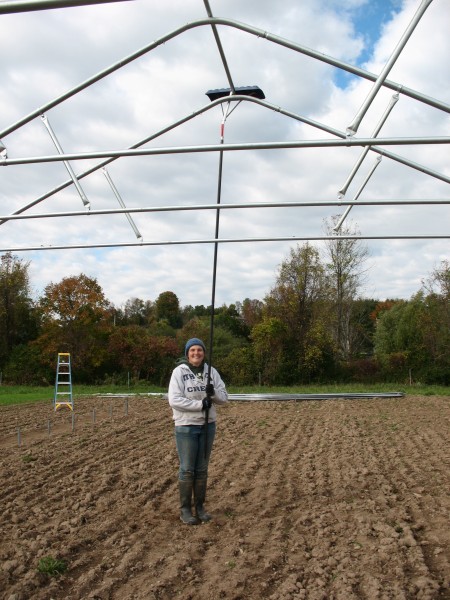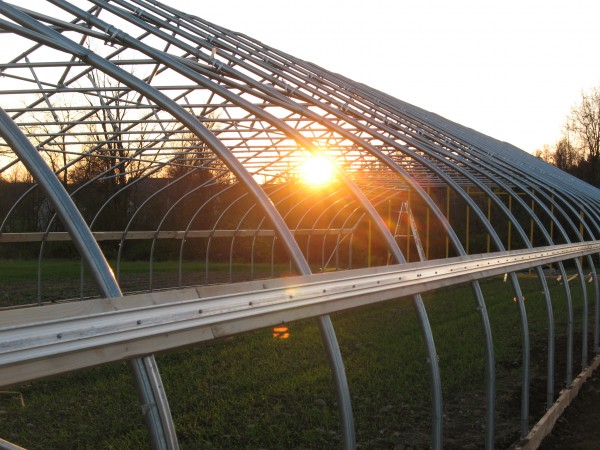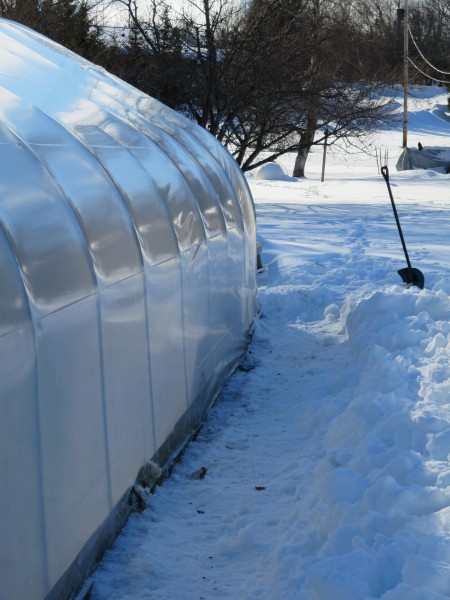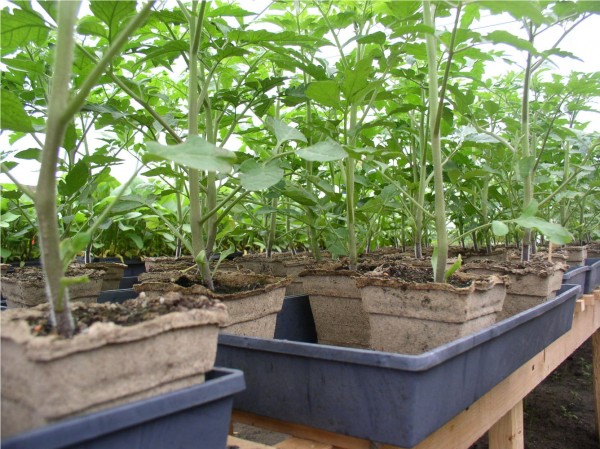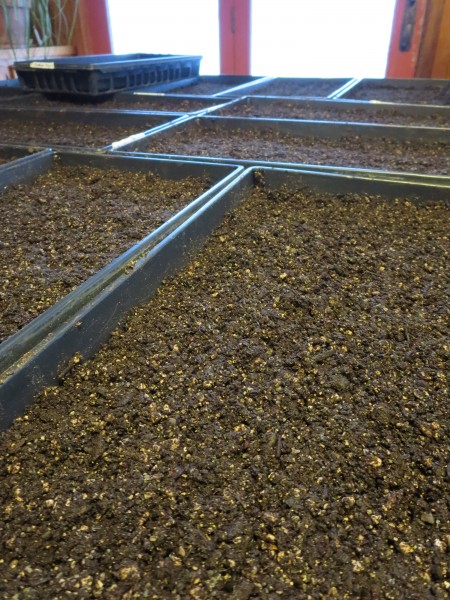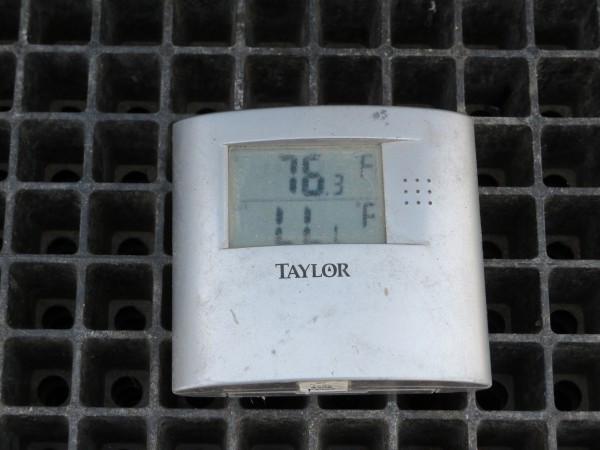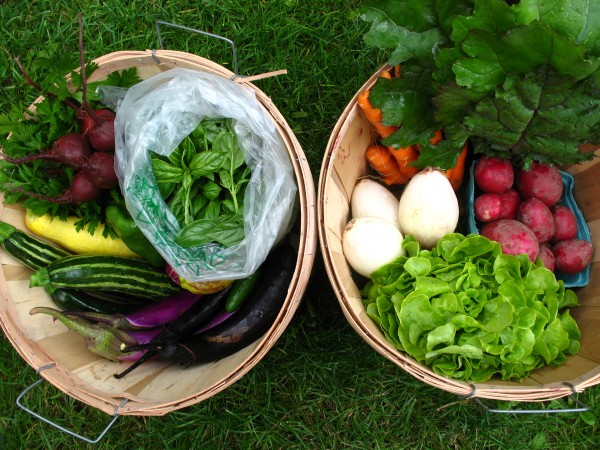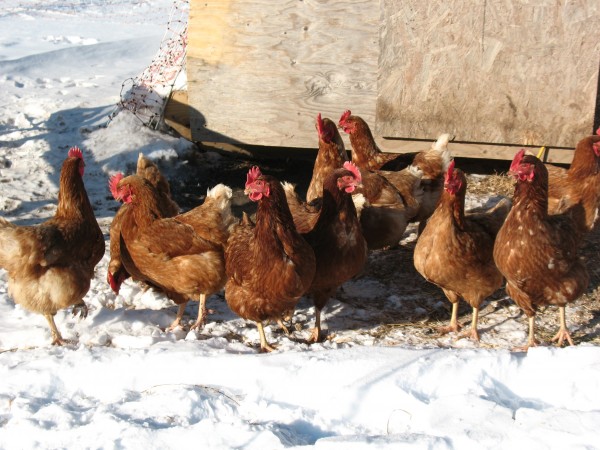The Hopeful Blog of Tiny Farming Infrastructure
/The start of this year has been a haul for a lot of us, and I realized that in the bustle of early spring and the gloominess of everything going on this winter, we haven’t shared the more fun things we are doing on the farm for 2022.
The big deal this year in terms of projects is that we are going to do something very different… NOTHING new!
We are trading out equipment that isn’t working well in our farm system! We have a fancy rototiller, but it doesn’t like to be used on hillsides (obviously not great up here in Fenner), so we are swapping it out for a more basic model that doesn’t care about hills!
Okay, okay, that’s not entirely true since I’m about to share a whole long list of new and exciting things coming. However, we aren’t taking on any single large project (like last year’s shed and tunnel, or the greenhouse the year before, or all the equipment before that.
Essentially, we are moving out of farm startup phase (where every year’s just about getting the minimum of things you need to produce a crop) and moving into the phase of making our systems keep working despite the craziness of the world around us. 2022 is becoming the year here on the farm of trying to remove the frustrations and pet peeves that are common for newer farms, and overhaul the systems and equipment that don’t work for us, so we can keep growing our delicious produce!
Farming (and starting a farm in particular) is this weird, multi-generational beast of a profession. The first generation on the land has to pour a lot into capital improvements and building up the system and infrastructure, with the goal of hopefully/ideally making things easier for the next generation (or those same first gen farmers as they get older!).
A tiny improvement… I have literally searched the globe for these rolling dibblers for a decade, before learning that a farmer in NY just started 3D printing them!!! They are lifechanging (and make little indents in the soil of our seed flats so the seeds are all perfectly triangulated in the middle of the cell).
Even after ten years, we are still a start up sort of farm that runs on pretty lean infrastructure. There’s still more greenhouses to build and that long awaited fabled wash-pack barn (one day, one day we won’t wash veggies under a tent!). There’s constantly rotating equipment, road repairs, and then fixing or replacing everything you can imagine as it breaks down or wears out. We spend about 5% of our annual budget on repairs and maintenance, 10% on immediate necessary capital improvements, and another 5% on loan service for those more costly capital projects (like the bigger greenhouses and tractors).
Some days it feels like this basic task of farming just takes SO MUCH STUFF, and we are constantly running around trying to catch up and get established.
This spring’s original plan was to build the one last high tunnel we need. However, between optimistically making that plan last year and getting the re-priced quotes on the tunnel this year, prices on greenhouses almost doubled (eek). Additionally, we learned last year that if the new summer “normal” is 20” of rain in a month, even our well sited tunnels will flood from the bottom up as the water table just keeps on rising (double eek). It just didn’t seem to make sense to build another high tunnel this year right next to the one we are doing major drainage work on.
It was almost a relief, though (once we got over the sadness of not being able to complete the project) to have a reason to slow down and reapportion that greenhouse planned budget solely on tackling the low hanging fruit of tiny, low-cost farm system improvements this year while we let the supply chain wackiness settle down around us. (It will settle, won’t it?)
This road, the bane of Matt’s existence, is finally going to get worked on! Also, we have some killer burn piles going on, should there be a spring farm/CSA bonfire party?
For instance, adding more gravel to the farm road.
Or putting everything in the garage where we pack shares on castors so we can push all the shelving out-of-the-way and have more room to pack boxes.
Or ripping out the floor of our original walk-in cooler so we can reseal it, drop it 6 inches so that we can wheel things in and out of the cooler instead of lifting, and have space to build shelves so that we can store short piles of vegetables rather than just giant tall ones. Because the box of veggies we need will always be the one on the bottom of the giant teetering pile.
We are designing a new greens spinner to amp up our lettuce, spinach, and greens quality and storage life (so many more salad greens are coming!).
The leftover equipment shed wood went into a shiny new extra long potting bench so we can seed more efficiently. We also got a new hand seeder from Japan and can crank out twice as many flats in half the time.
We added sides to the irrigation pump shed so it’s quieter for our neighbors and the pumps are better protected from rain.
We are renting a trencher and adding drainage * everywhere. * Tunnel edges, greenhouses, farm roads, if Matt can trench it, there’s gonna be a trench! (I swear, every time I go out into the field, there’s a new ditch just ready for me to fall into it. Beulah views this as a wonderful expansion of her drinking water system.)
The year of digging everything up to improve drainage has already begun in the high tunnels! In addition to adding French (aka curtain) drains, we are also planning to trench and install a French drain right down the middle in this tunnel.
I wrote out a giant book of how to manage everything in the farm office in case I get sick (my paranoia during Covid is that I’m the bottle neck here on so many systems, like everyone getting their CSA boxes nicely each week!), and I started in on creating some new training and practices manuals so it’s easier for new folks to learn how to do some of the most fun farm tasks.
We formed an LLC (I know, all fancy and cooperate and stuff!), which doesn’t really change anything around the farm, but does mean we legally both own the farm (so no one is just a “and spouse” any more!). This is also kind of a super long term thing for the future if we want to have the capacity to bring in any younger farmers to join us in growing.
And the list goes on… Basically, what feels like the most hectic year in the world ever has somehow become the year on our little farm where we try to address and eliminate the bumps that make a farming task harder the best we can (or at least tackle the ones that are solvable with a little time and thought, minimal amounts of money, and nothing that’s getting hit with wonky supply chains).
We’ll report back at the end of the season to see how many of these little projects have helped!
And lest I forget to mention, the whole point of all the micro-projects on the farm is to make sure we can keep growing delicious veggies for our CSA and farmers markets :) Shares are still available!




